Our Research
As climate changes, how do Earth's frozen areas affect our planet and impact society?
In this section
Related News & Stories
Filter by:
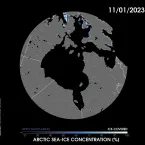
Analysis - Sea Ice Today
The end of 2023 had above average sea ice growth, bringing the daily extent within the interdecile range, the range spanning 90 percent of past sea ice extents for the date.
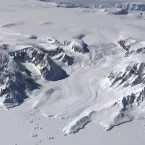
Analysis - Ice Sheets Today
As of December 15, the Antarctic Ice Sheet had above average melt in the Amery and Dronning Maud Land Ice Shelf regions, with significant melting on the Antarctic Peninsula. Greenland’s 2023 melt season was the third highest on record.

Feature Story
The 2023 winter brought record snowfall to California and other parts of the western United States, but unlike rain, snowfall is much more nuanced in its properties. Getting accurate snow depth data over a wide area is not easy. Read more about the challenges of garnering snow data and the tools behind snow data.
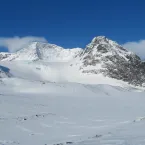
News Release
Scientific researchers have made leaps and bounds in recent years gathering new data and insights on these regions, but there has been a lag in curriculum development for undergraduate students who are studying the geosciences and environmental sciences. Polar Places and Spaces (PolarPASS) seeks to fill this gap by developing a science-based curriculum to help students learn about the scientific discovery process and to connect them with far-away places that they may not have the opportunity to visit in person.
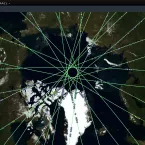
Spotlight
NASA’s OpenAltimetry tool allows experienced and new users alike to quickly find and download elevation data through a web browser without the need for costly software or hefty computational resources.
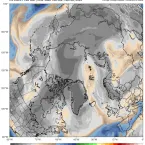
Analysis - Sea Ice Today
While autumn sea ice growth is in full swing, brief pauses are not unusual.